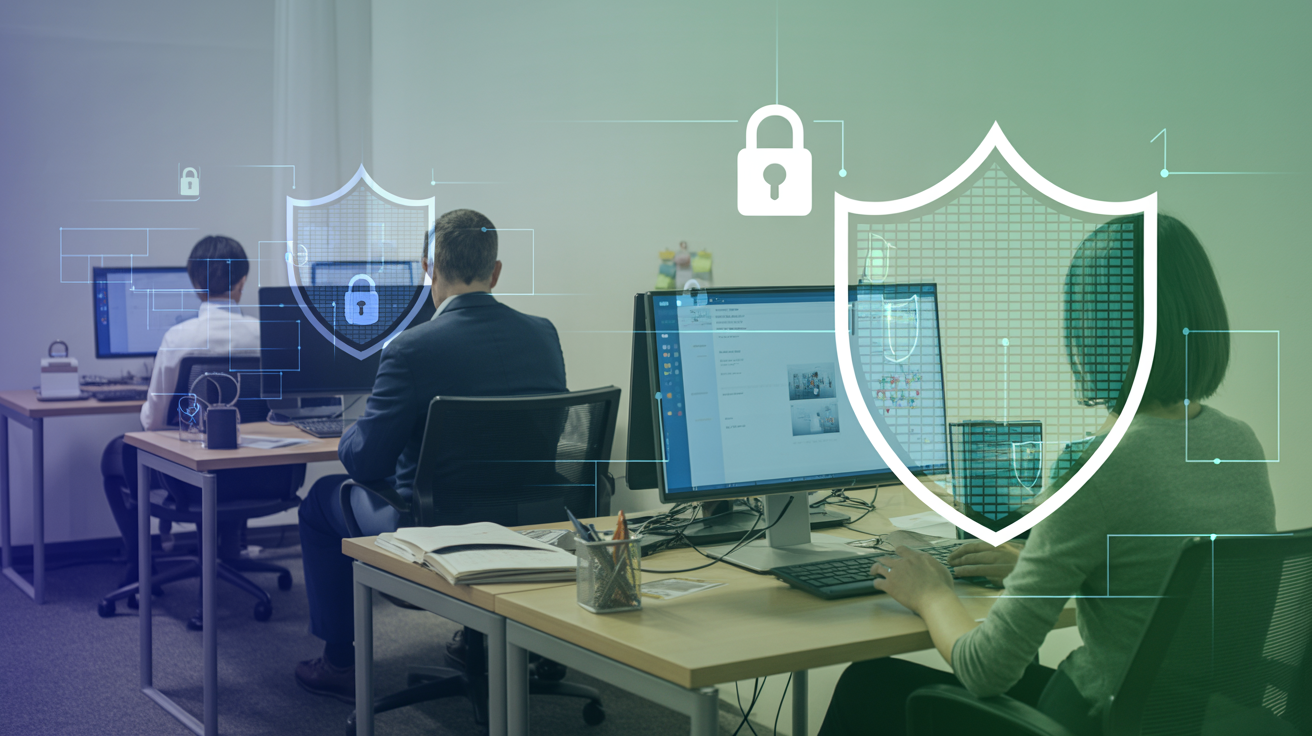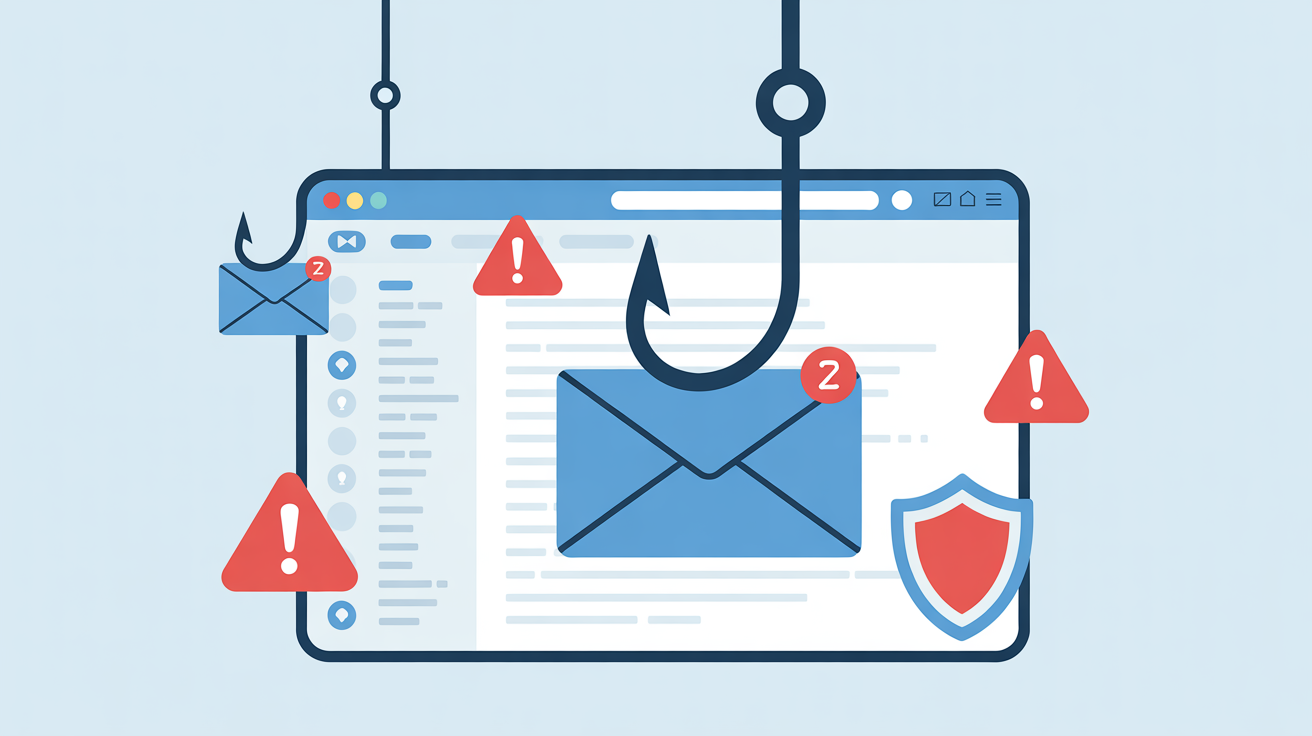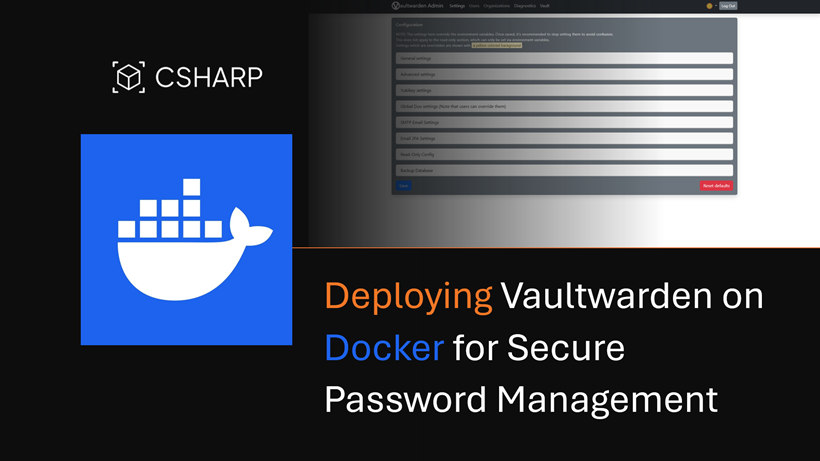Essential Cybersecurity Practices for Small Businesses
Discover the fundamental cybersecurity measures every small business needs to implement to protect against modern threats and data breaches.

Small businesses are increasingly becoming targets for cybercriminals, with over 43% of cyberattacks targeting small enterprises. The misconception that "we're too small to be targeted" has left many businesses vulnerable to devastating breaches that can result in financial loss, reputation damage, and even business closure.
Why Small Businesses Are Prime Targets
Cybercriminals often view small businesses as easy targets because they typically have:
Essential Cybersecurity Practices Every Small Business Must Implement
1. Strong Password Policies and Multi-Factor Authentication
Implementing robust password requirements is your first line of defense. Require employees to use complex passwords with at least 12 characters, including uppercase and lowercase letters, numbers, and special characters. More importantly, enable multi-factor authentication (MFA) on all business accounts. MFA can prevent up to 99.9% of automated attacks.
2. Regular Software Updates and Patch Management
Cybercriminals often exploit known vulnerabilities in outdated software. Establish a routine for updating operating systems, applications, and security software. Consider enabling automatic updates where possible, and maintain an inventory of all software and systems to ensure nothing is overlooked.
3. Employee Training and Security Awareness
Your employees are both your greatest asset and your biggest vulnerability. Conduct regular cybersecurity training sessions covering:
4. Data Backup and Recovery Planning
Implement the 3-2-1 backup rule: maintain 3 copies of important data, store them on 2 different media types, and keep 1 copy offsite. Test your backup and recovery procedures regularly to ensure they work when needed.
5. Network Security Measures
Secure your business network with:
6. Endpoint Protection
Install and maintain antivirus software on all devices used for business purposes. Consider advanced endpoint detection and response (EDR) solutions that can identify and respond to threats in real-time.
Creating a Security-First Culture
Building a strong cybersecurity posture isn't just about technology—it's about creating a culture where security is everyone's responsibility. Encourage open communication about security concerns and make it easy for employees to report potential threats without fear of blame.
Getting Started: Your 30-Day Action Plan
Week 1: Conduct a security audit of your current systems and identify vulnerabilities
Week 2: Implement multi-factor authentication and update all passwords
Week 3: Set up automated backups and test recovery procedures
Week 4: Train employees on cybersecurity best practices
Remember, cybersecurity is not a one-time effort but an ongoing process. Regular assessments, updates, and training are essential to maintaining strong protection against evolving threats.
Related Articles

How to Protect Your Business from Phishing Attacks
Learn to identify and defend against phishing attempts that target your employees and sensitive business data.

The Complete Guide to Password Security
Master password best practices, two-factor authentication, and password management for enhanced security.

Cloud Security Best Practices for Remote Teams
Secure your cloud infrastructure and remote workforce with proven strategies and essential security measures.
Need Expert Cybersecurity Guidance?
Our security professionals are here to help protect your business. Get a free consultation and vulnerability assessment.
